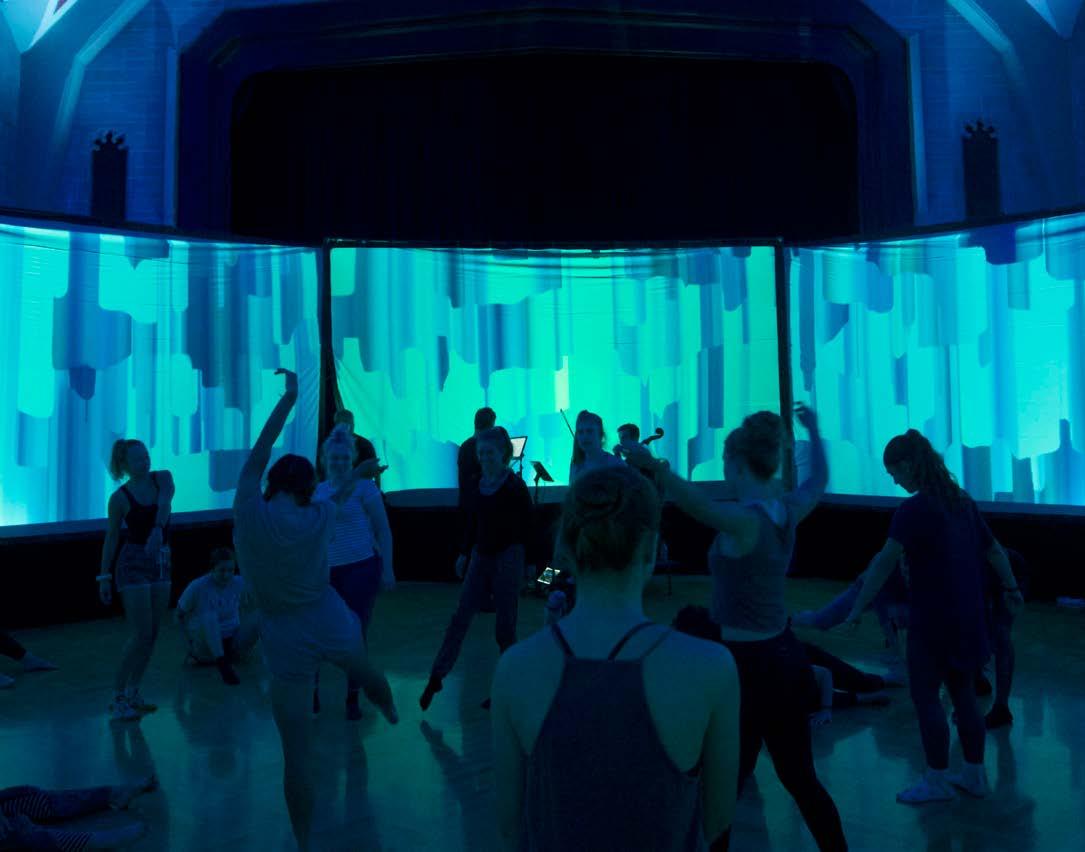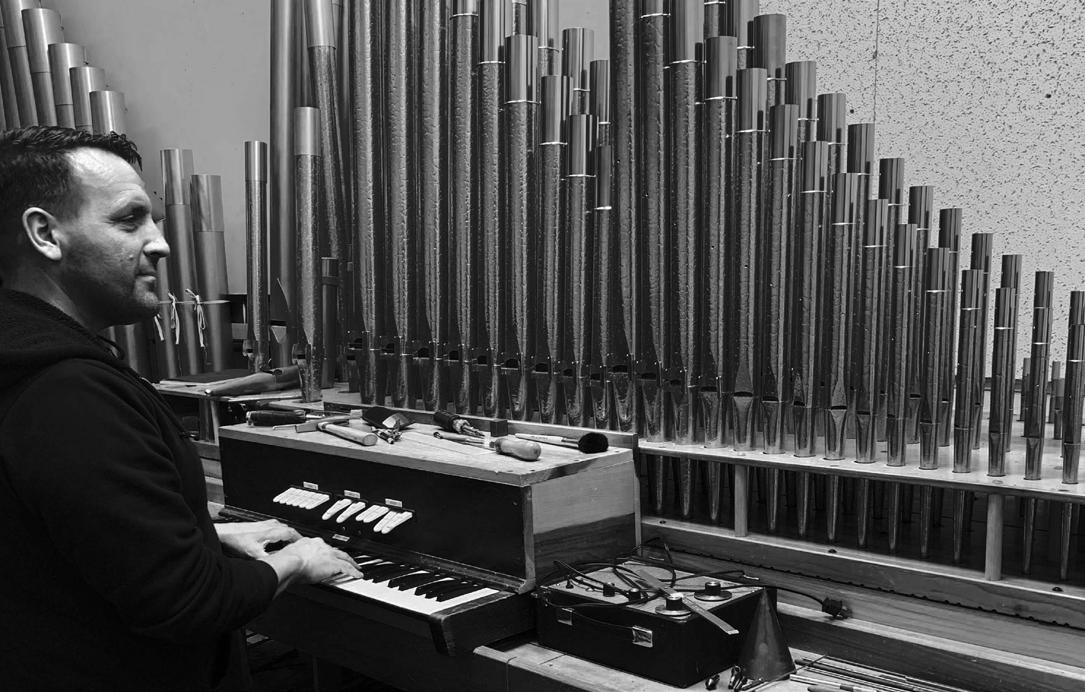
2 minute read
The Science of Sound

ACOUSTICS IN THE MODERN THEATER
Advertisement
Words by Nicholas Johnson, Ph.D.
Modern concert halls are designed to create the best possible listening experience for audiences, but that hasn’t always been the case. For centuries composers had to cater their music to venues that weren’t built for acoustic clarity, such as massive stone cathedrals.
Even in the first public opera houses in the 1600s, the focus was on how the musicians looked, not how they sounded. Stages were built narrow, deep and tall, with vast slopes. This ensured that the audience could see everything, even if the cavernous ceilings and stage depth made the music echo in muddy cacophony.
Architecture, sound engineering and math have contributed to a far more refined listening experience over the past century, according to David Wright, senior acoustics designer with IMEG Corp. A graduate of Indiana University in Bloomington, Wright has worked on numerous theaters across the country, including Clowes Hall and the Schrott Center for the Arts, both on the campus of Butler University.
Over the centuries, Wright explains, architects and engineers realized aural clarity in theaters was poor. In the early 1900s Wallace Clement Sabine began testing reflection times in a medical lecture hall at Harvard University. He developed a formula that allowed designers to predict acoustics and tailor the listening experience for the audience.
The modern practice of acoustics is a recent science. In the mid-1970s computers were first used to design acoustics, and later 3D room modelling technology allowed more refinement. Acoustic decisions should never be trial and error, according to Wright. “Design should be predicted in advance with no guessing,” he says. “Then build it in.”
Precision allows specialists like Wright to make profound changes, even in venues built long before room-modelling technology existed. Clowes Hall, for example, was originally designed for the Indianapolis Symphony Orchestra with a long reverberation time of up to three seconds — more comparable to a stone cathedral than a modern concert hall. By placing thicker sound-absorbing materials in strategic places throughout the hall, reverberance was reduced by half. Any more than that, however, would be too much, resulting in a hall that sounds lifeless.
Small changes, Wright says, can make a big difference. In Schrott, for example, simply moving the curtains can change the reverberance in the hall from 1.7 to 1.2 seconds. Likewise, changes in Clowes such as new lapendary drapes hidden above the concert clouds, now enhance the sound quality of the room for wider acceptance. Broadway loves Clowes these days.
There’s more to modern acoustics, however, than simply reducing reverberation in the room. Timing a room with hard, diffuse surfaces, and influencing the placement and shape of walls are as important as any materials. Intelligent design, such as hiding the HVAC system within the inner workings of a building, also reduces ambient noise. Wright says good acoustics are exhilarating to the ear, but his job is best done when the audience is unaware of his efforts. “A tree fell in the forest, but most don’t acknowledge it,” he says. ■










